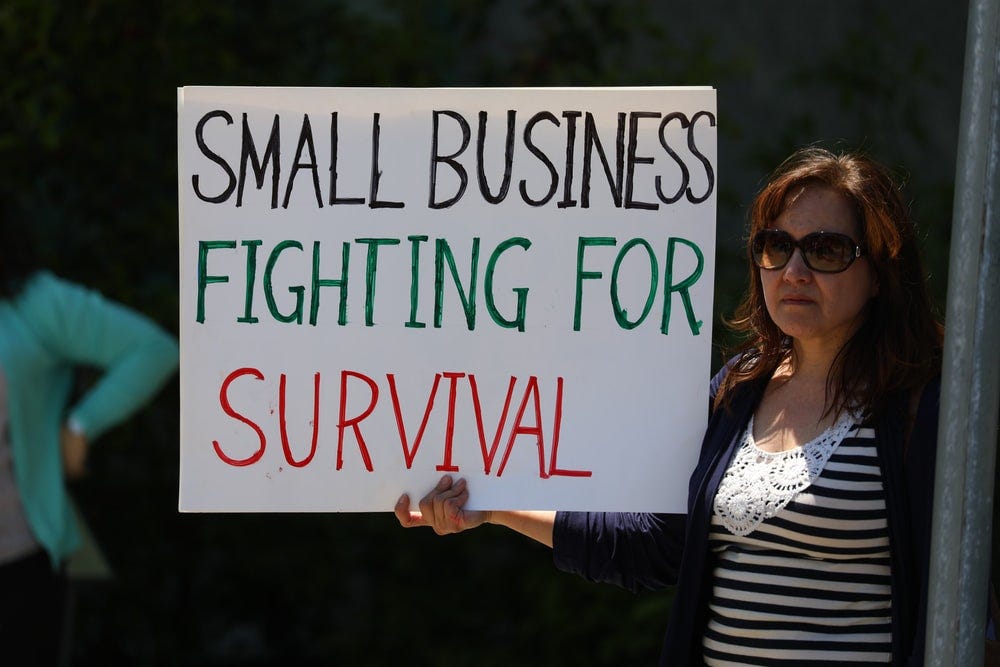In a market where liquidity has always been a significant problem, SMEs generally lack access to finance from banks and even non-bank capital allocators like PE funds. In contrast, many have all the ingredients to grow well beyond their current volume. It provides a great opportunity and demand for private credit funds.
In addition, while the emerging market governments have not implemented any policies to alleviate the suffering of SMEs during the COVID crisis materially, banks have started dramatically cutting back on issuing credit, thereby kicking off a period of more cash shortage in the economy.
A research paper from the Wharton School presents 4 major challenges that Latin American SMEs are facing: (1) technology that falls behind; (2) underdeveloped human capital; (3) an obstacle known as ‘marketing’; and (4) restrictions on loans.

SME owners preference:
Afraid of losing control over their business, SME owners are reluctant to take in equity capital from local private investors, let alone from more institutionalized VC/PE, making them susceptible to getting stuck in a “slow-growth trap,” and hence limits scale. This has come to me as a surprise that I read in books and my interactions with SMEs in Indonesia and India.
Some possible solutions,
With a convertible loan product for SMEs, it can be structured as a Debt First instrument, with an option to convert into equity when the entrepreneur is ready to accept equity infusion. Growing mid-sized enterprises in emerging markets can be a significant target pipeline for private equity funds.
It is beneficial to consider using innovative financing structures like variable debt, revenue share, self-liquidating debt, and other mezzanine instruments.
Gaps beyond financing:
While capital is a crucial ingredient to drive an SME’s growth, the owner and her/his team are usually not ready to cope with the implications of a sudden acceleration, whether financial planning, cash flow management, human capital requirements, or supply chain management.
Therefore, the nature and dynamics of the SME market make this group of customers less attractive to banks, PE, and other capital allocators and leaves this huge market underserved. However, a huge underserved market means a huge potential opportunity.
Curated Resources for further curiosity:
The Rise of SME Tech. Why SMEs | by Fan Wen | Medium
SME and women-owned SME in Indonesia (ifc.org)
Falling Behind: The Many Challenges Faced by Small Companies in Latin America - Knowledge@Wharton (upenn.edu)
The Rise of SME - Technologies Helping SMEs to Compete and Save
Falling Behind: The Many Challenges Faced by Small Companies in Latin America
If you are an SME or SME-tech or investing directly in SMEs or investing in SMEs-tech in Indonesia or SEA, please do write to me. I would love to learn more from you and would be happy to help in any way.
"first followers" is founded by Sagar Tandon. You can reach out to me at sagar@firstfollowers.co.
The "first followers" is a monthly newsletter covering impact investing, venture capital, innovative financing instruments, and venture building.



